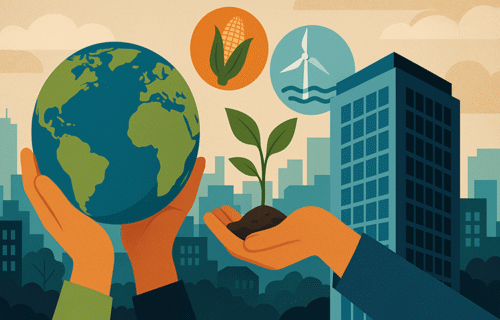Spain’s recent pledge of €19.5 million to the World Bank’s Livable Planet Fund, announced in Washington on 15 October 2025, has drawn praise across international development circles. Framed as a push to “deliver concrete results—from debt relief to decarbonization,” the package reinforces Spain’s image as one of Europe’s most engaged donors in sustainable finance. Yet beyond the celebratory tone of official statements, economists and policy experts are divided over whether this marks a turning point in global debt relief or simply another symbolic gesture in a system that still struggles to deliver real change.
Under the agreement, Spain will channel funding to several World Bank-led initiatives: €19.5 million for the Livable Planet Fund, €66.67 million for the Multilateral Debt Relief Initiative (with €40.52 million paid immediately), €20 million for the Spanish Fund for Latin America and the Caribbean, and €5 million for the Global Fund for Decarbonizing Transport. According to Spain’s economy minister Carlos Cuerpo, the package aligns with the so-called “Sevilla Commitment,” a framework Spain has used to advocate for debt-for-sustainability swaps and new debt-pause clauses for vulnerable economies.
World Bank President Ajay Banga called the move a “true partnership” that will help scale up projects addressing global issues such as energy transition, water security, and nature protection. From the Bank’s perspective, the initiative fits neatly into its new Framework for Financial Incentives, which rewards countries for expanding local projects that also yield global benefits—a strategy meant to make development financing more performance-driven.
For many, Spain’s leadership represents a welcome contrast to donor fatigue elsewhere. The Guardian recently described Spain as an “outlier in solidarity,” one of the few developed economies still increasing its official development assistance amid widespread austerity across Europe. The government has also been instrumental in launching the Global Hub for Debt Swaps, designed to free up fiscal space in poor countries by exchanging debt payments for climate investments.
Yet critics argue that the approach, while innovative, may not be transformative. Analysts at the Center for Global Development have questioned whether new funds like the Livable Planet Fund risk layering more conditionality onto already complex aid systems, potentially limiting borrower autonomy. Others point out that the World Bank’s track record in disbursing climate and debt-relief funding has often fallen short of its ambitions, with delivery bottlenecks and competing political priorities.
A more fundamental critique concerns scale. “€19.5 million is meaningful, but not game-changing,” says one European economist quoted in BBVA Research. “Spain’s fiscal space is limited, and these contributions—while symbolically strong—will not solve the underlying structural problems facing the global South.” Scope Ratings similarly cautioned in a recent note that debt-relief mechanisms, though politically popular, often “ease liquidity pressures without fixing governance and productivity weaknesses.”
At the opposite end of the debate, development activists argue that even large multilateral programs fail to address the root causes of debt dependency. A recent opinion piece in The Guardian called for “outright debt forgiveness, not incremental relief,” suggesting that the current system merely postpones financial crises in poor countries rather than preventing them.
For Spain, the challenge now lies in proving that its new commitments lead to measurable outcomes. If the Livable Planet Fund successfully channels investments into climate-resilient infrastructure or water projects, and if the MDRI’s renewed payments meaningfully expand fiscal space in debt-burdened economies, Madrid could help set a precedent for a more integrated approach to global finance—one balancing environmental priorities with social equity.
Until then, Spain’s new pledge stands as both a symbol and a test: a statement of intent in a financial architecture still wrestling with the balance between ambition and delivery. Whether it becomes a milestone or a missed opportunity will depend on how quickly the world’s development institutions can turn promises into progress.
